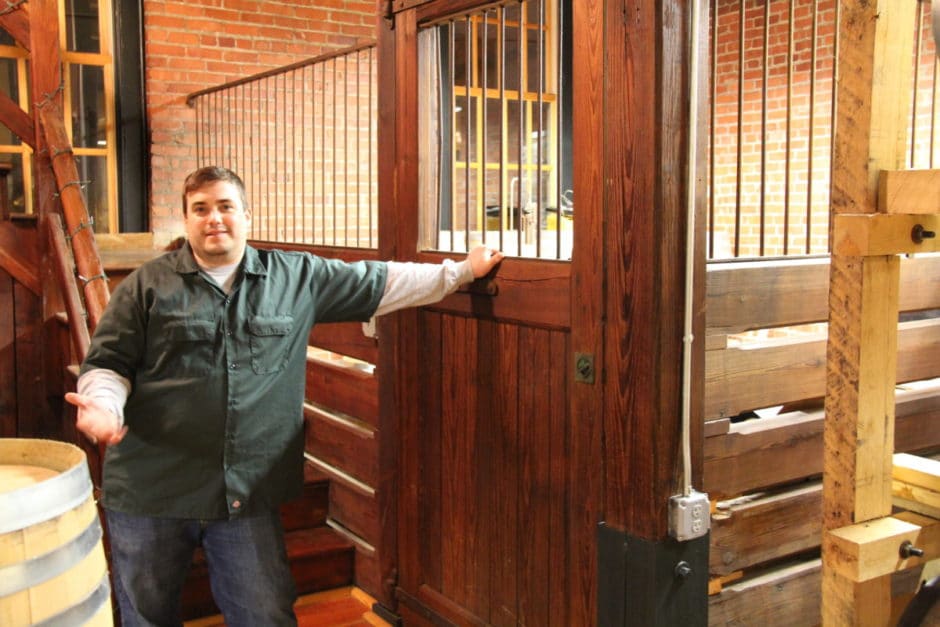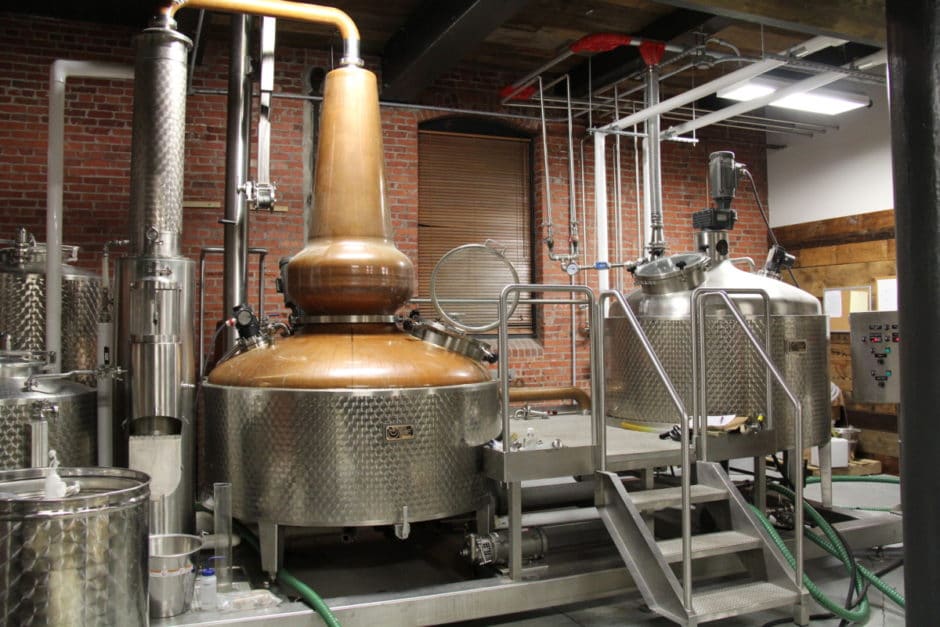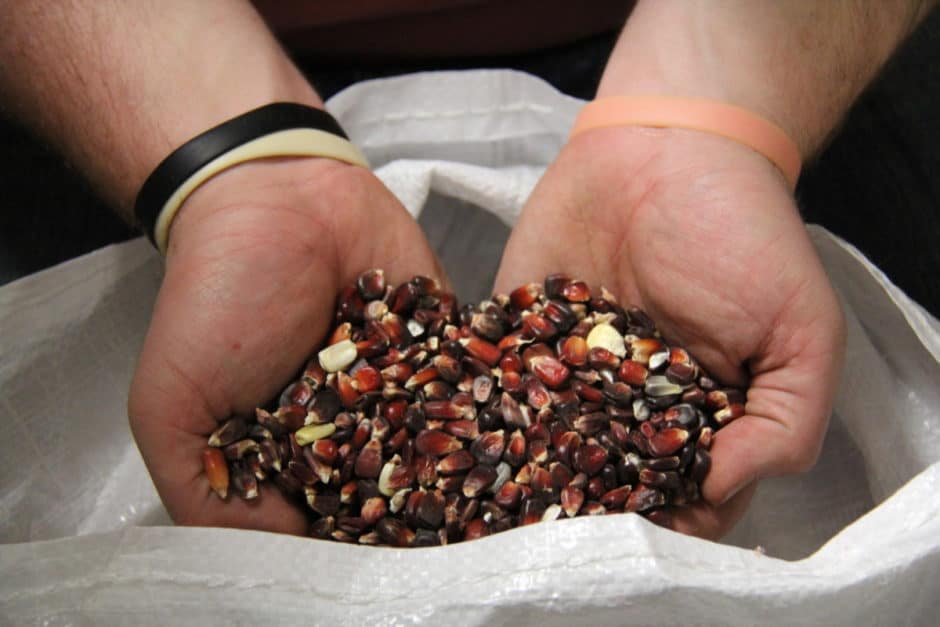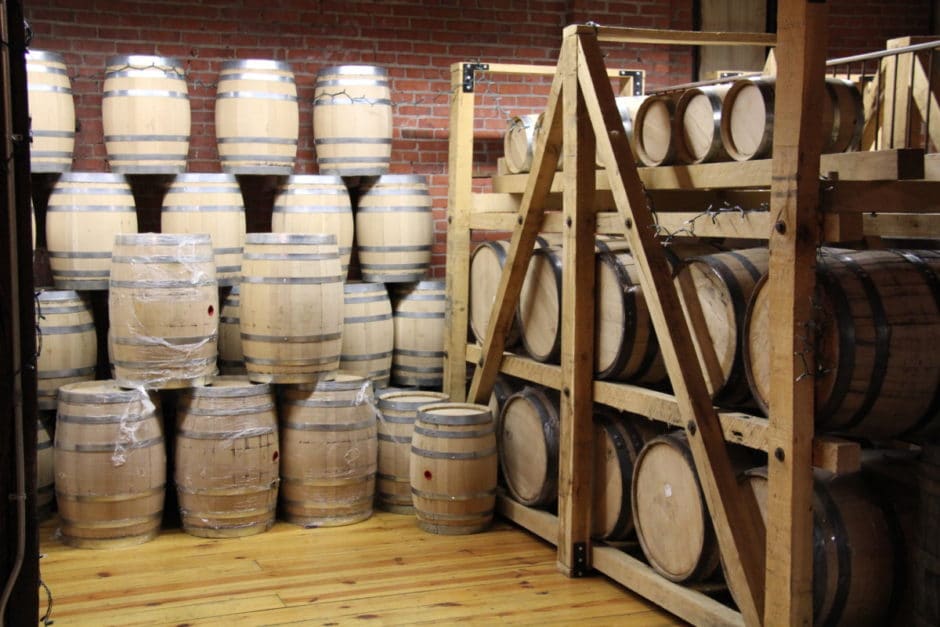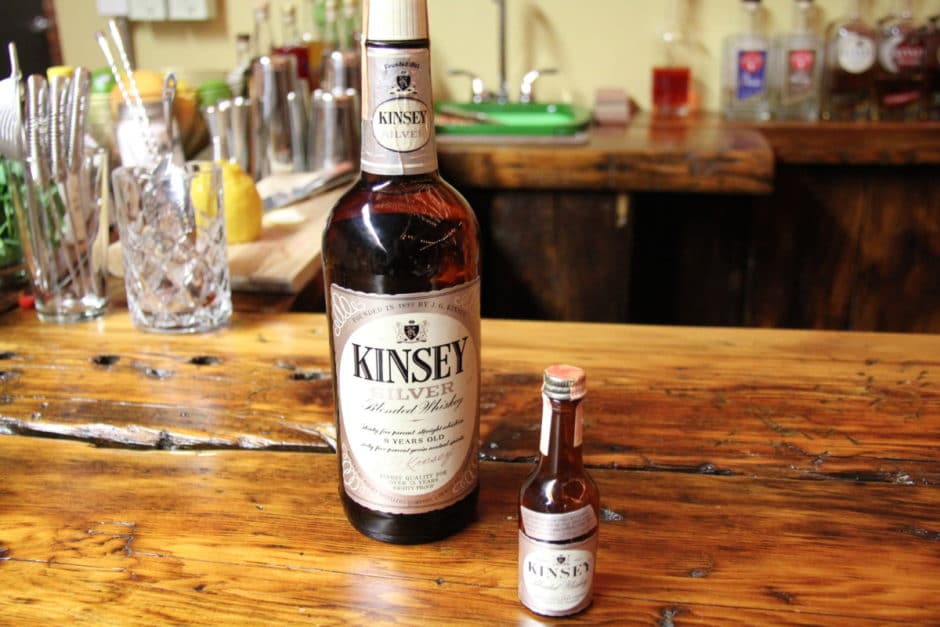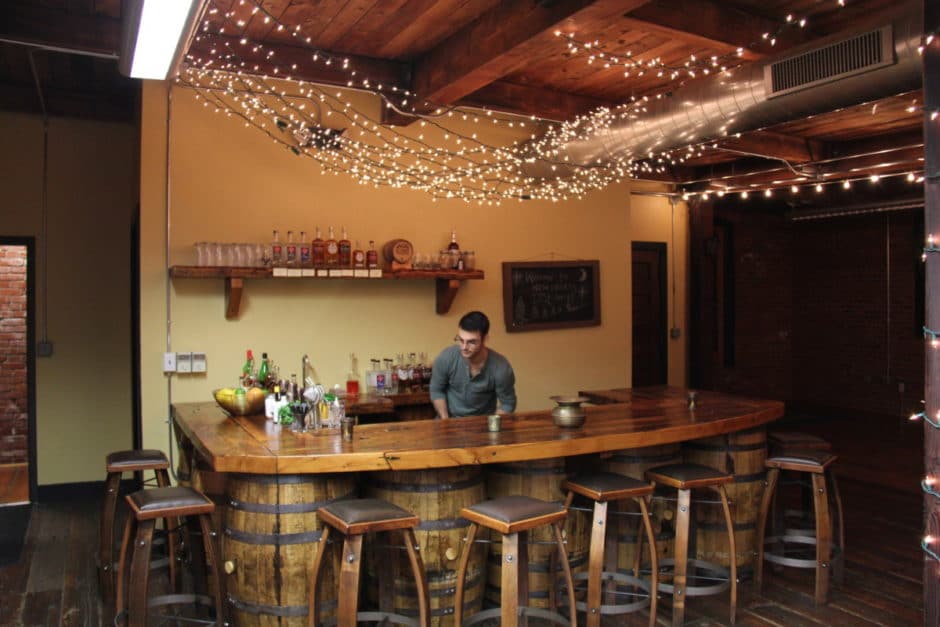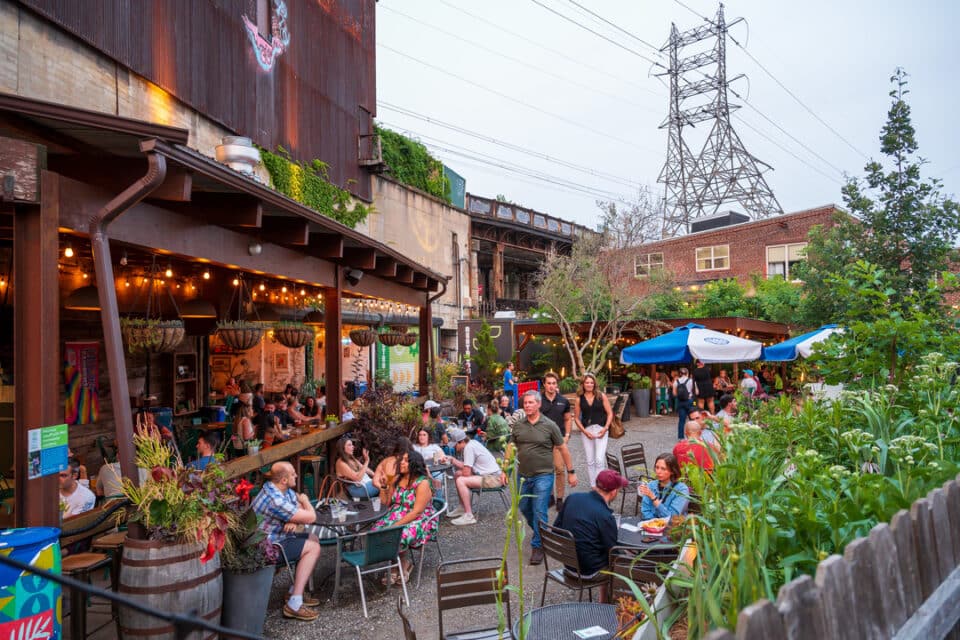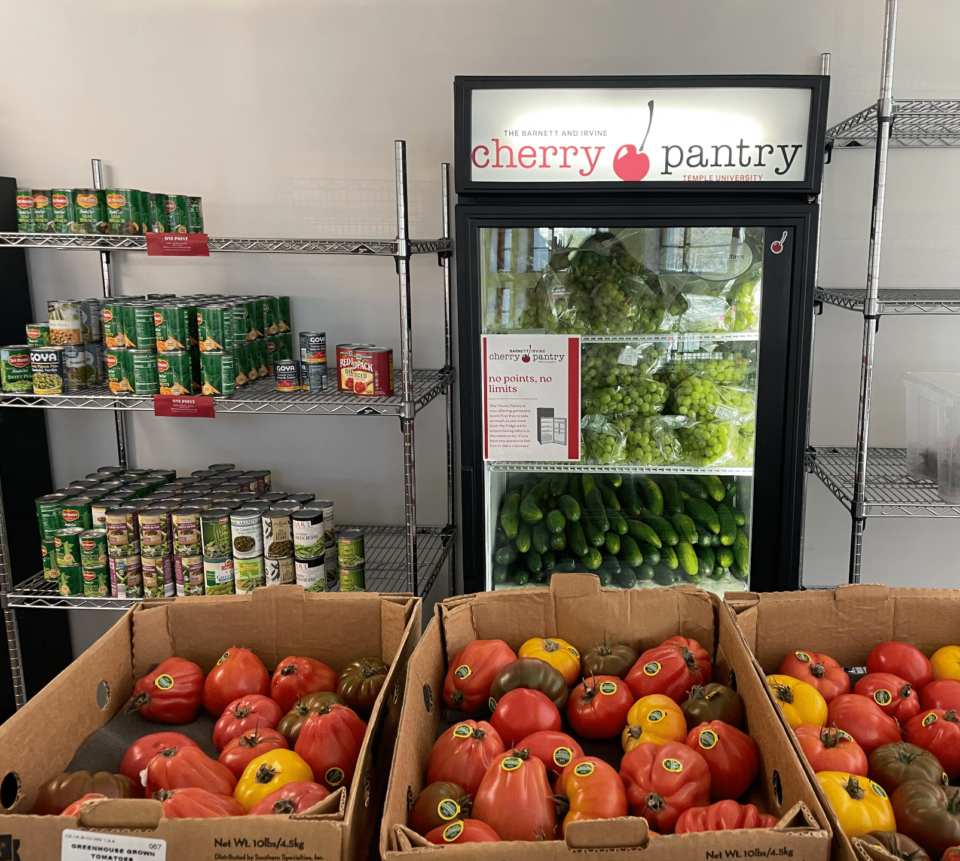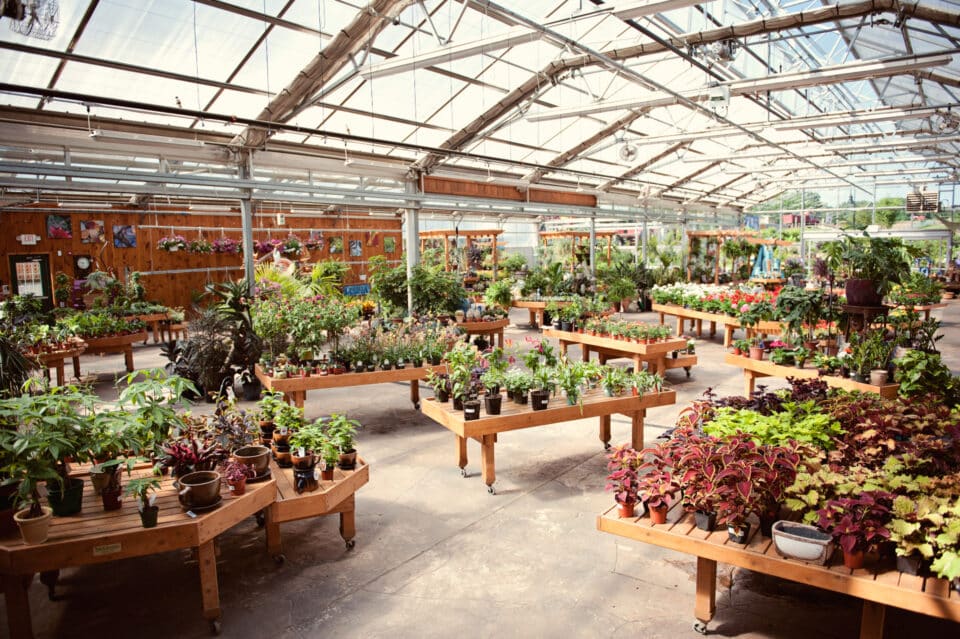I started off 2016 with a New Year’s resolution that was a little different from years past. I decided this year that I needed to try more locally made hand-crafted spirits. My recent trip to New Liberty Distillery in Philadelphia’s Old Kensington neighborhood inspired this New Year’s resolution.
On a freezing evening in early January, I met with three of New Liberty’s heavy-hitters, Robert Cassell, Dave Pie and Sam Schmidt, for a tour of the surprisingly warm and inviting distillery. Robert Cassell, who previously founded Philadelphia Distilling, is New Liberty’s award-winning master distiller; Dave Pie is the creative assistant distiller; and Sam Schmidt is the tasting room’s dedicated craft mixologist.
New Liberty Distillery is located in a stable house just a few blocks north of Girard Avenue. The beautiful three-story stables, tucked behind the Crane Arts Building, were built in 1906 and originally housed the horses and carriages used for shipping plumbing equipment for the Crane Company. The building has since been renovated, and now the floors are instead lined with oak barrels and fermentation tanks.
The Distillery
The tour began with the first floor, where all the distilling takes place. New Liberty’s state-of-the-art still met me as soon as I walked in. The rest of the first floor is mainly taken up by rows of fermenters, cases of empty glass bottles and lots of bags of assorted grains.
The Scoop on a Very Exclusive Still
From first glance, the pot still that New Liberty uses seems like a normal still. But it turns out that the still, which was designed by Cassell in partnership with Specific Mechanical Systems Ltd., can do the job of an entire distillery full of different stills.
In distilling, the specific shape of the lyne arm (the section of the still used to transfer the steam from the boiling chamber to the condenser) defines what type of liquor you are making. Traditionally, distillers would need to buy a different still for each type of liquor they planned to produce. With the system that Cassell and Specific Mechanical Systems Ltd. created, the lyne arm can be easily removed and swapped with different shaped lyne arms. This way, instead of buying a wide range of expensive stills, New Liberty can make vodka, whiskey, gin, rum, cognac and anything else with the same still system. New Liberty Distillery is actually used as a showroom for Specific Mechanical Systems Ltd. to demonstrate its one-of-a-kind still.
Local Malts—the Highest Quality Way to Go
After learning about their still, we moved on to the grain storage room. Dave Pie was really excited to show me the interesting assortment of grains they use for distilling. Pie explained that the distillery’s dedicated focus on the quality and variety of ingredients is what sets the brand apart from other distillers.
Instead of purchasing the cheap standard malt that most distilleries and breweries use, New Liberty mainly uses local Deer Creek Malthouse malts. Pie explained that even though these malts cost roughly four times as much as the standard malt, their flavor makes them worth the extra cost. Cassell noted that he loves to buy from Deer Creek Malthouse because the company is also local, and New Liberty tries to support local businesses as much as possible.
Pie showed me the Bloody Butcher Corn that they recently used in a batch of New Liberty whiskey. This dark-red corn had an appearance similar to pomegranate seeds, and I even got to try a few kernels. I was surprised at how much corn flavor was packed into the dry kernels. Pie is constantly trying to source new and interesting heirloom ingredients that can create new and more vibrant flavors in New Liberty’s ever-evolving product line-up.
The Barrel Room
After getting the full tour of the distilling space on the first floor, we moved up to the second story, where the horses were kept. Two of the stalls used to house the horses are totally intact, as well as an old feeding trough. There is an area with tables and chairs in the back as well as a unique chandelier, though these elements don’t catch your attention as much as the stacks and stacks of oak barrels that line almost every wall.
These barrels, many of which had previously been used to age other liquors or wines, are used to store and age New Liberty’s constantly expanding selection of liquors. It is on the second floor that you can really see the charm of the antique structure. The parts of the structure that needed to be reconstructed during renovation were replaced with locally reclaimed wood to keep everything as authentic as possible.
Think of “Rows of Barrels as a Spice Rack”
Cassell takes pride not only in the authenticity of the building itself but also in the company. This is a mindset that everyone at New Liberty takes to heart. Cassell doesn’t look at the barrel storage area as a warehouse. He looks at the rows of barrels as a spice rack. Each spirit brewed has a unique profile. With a selection of flavor profiles, Cassell is able to blend the different barrels together to create almost any combination of flavors and aromas that he desires.
Reviving Kinsey Whiskey
This vast selection of barrels and Cassell’s blending expertise is what helped New Liberty revive the Kinsey brand and its signature blended whiskey. Kinsey was a brand of whiskey first distilled in Linfield, Pa., before Prohibition, and the brand lasted until the late 1970s. After Prohibition Kinsey was a very popular brand in America, so popular that it was eventually bought by the Continental Distilling Corporation of Philadelphia.
Robert and Dave had quite a task trying to resurrect the Kinsey brand. They first set out to re-create Kinsey’s flagship blended American whiskey, with a goal of staying true to the original flavor profile while slightly updating it for the modern palate. This was fairly challenging because the only thing the pair had to go off of to replicate the flavor was an old airplane bottle of the original blended whiskey from 1940. They still have this bottle on display behind the bar, and there are even a few more sips left.
With this sample, Cassell was able to re-create the original flavors using a blend of whiskeys that have been aged 7–18 years. New Liberty was even able to get in contact with a former employee of the original Kinsey Distillery, who validated the authenticity of this new rendition of a classic whiskey. The distillers also revived Kinsey’s Rye Whiskey, Bourbon Whiskey and 115-proof cask-strength versions of 7-Year-Old Whiskey and Rye Whiskey.
The Tasting Room
The last stop on the tour was the third-story tasting room. At the far end of the space, past the high-top tables and bar stools, was a rustic bar constructed from used barrels and reclaimed wood.
The best part about the bar is that it is staffed by Sam Schmidt, a highly skilled mixologist who makes some amazing craft cocktails. Before trying Sam’s cocktails, I had the pleasure of sampling each of New Liberty’s spirits. For my full tasting report, check out Part 2 of my New Liberty story, “Tasting Through New Liberty Distillery’s Spirited Repertoire.”
Tours are available every Saturday at 1 p.m., 3 p.m. and 5 p.m., as well as Sunday at 1 p.m. and 3 p.m. The standard tour costs $10 and the VIP tour costs $20. The standard tour includes samples of the Kinsey 7-Year-Old Whiskey, Kinsey Rye Whiskey and Kinsey Bourbon Whiskey. The VIP tour adds samples of the two cask-strength Kinsey whiskeys, the full New Liberty line and an engraved Glencairn whiskey glass that you can take home. Note: buy your tickets online before you go.
Be sure to follow New Liberty Distillery on Facebook, Twitter and Instagram. You can also find more information on the New Liberty website.
Find New Liberty Distillery at 1431 N. Cadwallader St., Philadelphia; phone: (800) 996-0595.
- Photos: Arne Morin
